Seeing What Matters — Composite Diagnostics (Imaging × Transcriptome × CNV)
Therapy moves only when we can answer “for whom, when, and what.” This chapter maps a beginner-friendly framework for composite diagnostics across imaging, transcriptomic states, and copy-number signatures.
Today’s Goals (3-Minute Preview)
- Grasp the core molecular panel (MGMT, EGFR, TERT, PTEN, etc.).
- Understand GBM-typical CNV signatures (chr7 gain/chr10 loss) and the pre-CC signature.
- See what emerges by combining imaging (DTI, etc.) × molecular reads.
- Adopt a lightweight reporting template you can use immediately.
Core Markers: The Minimum Viable Panel
Pathology & Molecular (Basics)
- MGMT promoter methylation: temozolomide sensitivity.
- TERT promoter mutations: common in adult GBM.
- EGFR amplification/variants: e.g., EGFRvIII; growth signaling.
- PTEN loss: PI3K–AKT axis activation.
- IDH: most primary adult GBM are IDH-wildtype.
Copy-Number (CNV) & Signatures
- chr7 gain / chr10 loss (7+/10−): hallmark GBM combination.
- EGFR amp (7p) / PTEN loss (10q) often co-occur.
- pre-CC signature: early alterations shared with the tumor mass.
Start with MGMT + CNV (7+/10−) + EGFR/TERT/PTEN; expand as your center allows.
Transcriptomic “Faces”: OPC/AC/MES (Implementation of Part 5)
Use gene-set signatures rather than single genes to classify states.
OPC-like
High cell cycleDNA synthesisWEE1-sensitive contexts
AC-like
Glial/metabolicContext-specific dependencies
MES-like
Inflammation/ECMInvasive/resistantMicroenvironment-linked
States form a continuum; therapy and milieu can tilt the balance (plasticity).
Composite Diagnostics: Imaging × Molecular
Imaging (examples)
- DTI for fiber orientations → invasion pathways.
- Contrast kinetics for angiogenesis/BBB leakage.
- Texture metrics to quantify heterogeneity.
Molecular (examples)
- 7+/10− with EGFR/PTEN for pathway dominance.
- pre-CC signature for SVZ “seed” contribution.
- OPC/AC/MES signatures for plasticity direction.
Interpretation Patterns
| Finding | Hypothesis | Therapeutic Hint |
|---|---|---|
| DTI shows tract-aligned spread | Established invasion routes | Anti-invasion (ECM/adhesion) + anti-proliferation |
| 7+/10− + EGFR amplification | Growth/signal dominance | Standard backbone + pathway control (trial contexts) |
| High pre-CC signature | Large “seed” contribution | Early intervention + microenvironment (MIF–CD74) |
| MES-skewed signature | Invasive/resistant bias | Strengthen ECM/adhesion controls (+ cell cycle) |
| MGMT methylated | TMZ sensitivity | Expect benefit from SOC ± TTF where applicable |
Caveats & Pitfalls
- Specimen quality and intratumoral heterogeneity shift results; re-biopsy at relapse when feasible.
- Imaging distortion from edema/necrosis; use multimodal corroboration.
- Signature drift under therapy (plasticity); track longitudinally.
- Access varies by country; infrastructure/interpretation differ (see Part 8).
Quick Summary
- MGMT + CNV (7+/10−) + EGFR/TERT/PTEN form the base.
- OPC/AC/MES + pre-CC readouts capture “face” and “seed.”
- Imaging × molecular alignment guides who/when/what.
My View
I read in layers: foundation (MGMT/CNV) → face (OPC/AC/MES) → seed (pre-CC) → niche (MIF–CD74) → pathway. That hierarchy makes it feasible to design fewer-move, deeper-reaching combinations. Next (Part 7), we’ll chart the global development landscape by modality.
Edited by the Morningglorysciences team.
Related Article
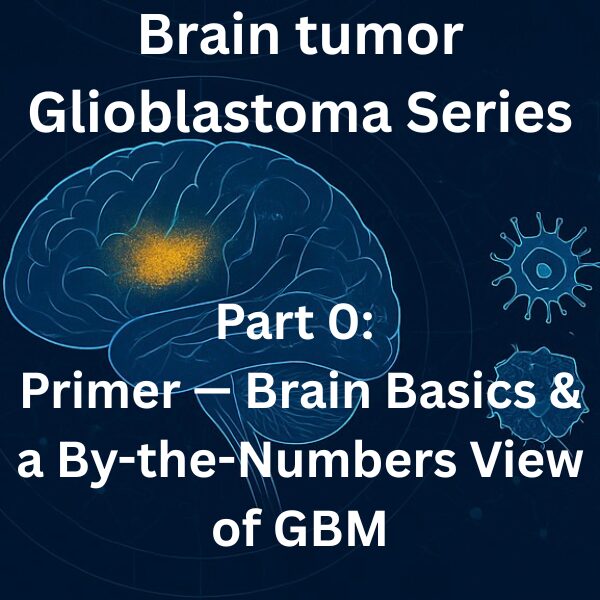
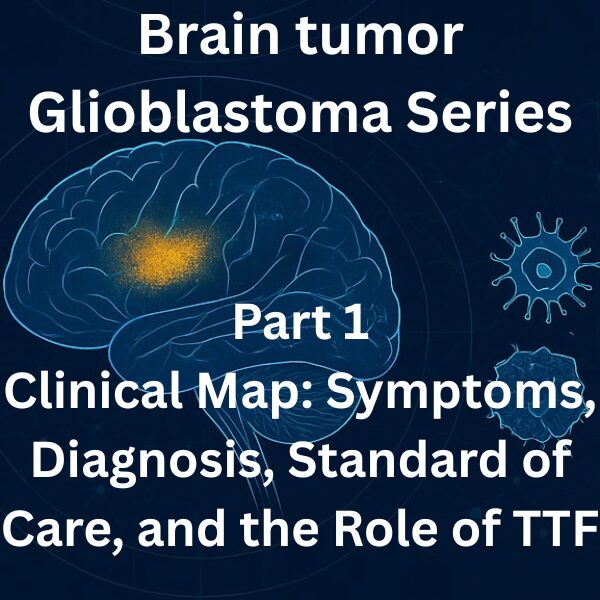
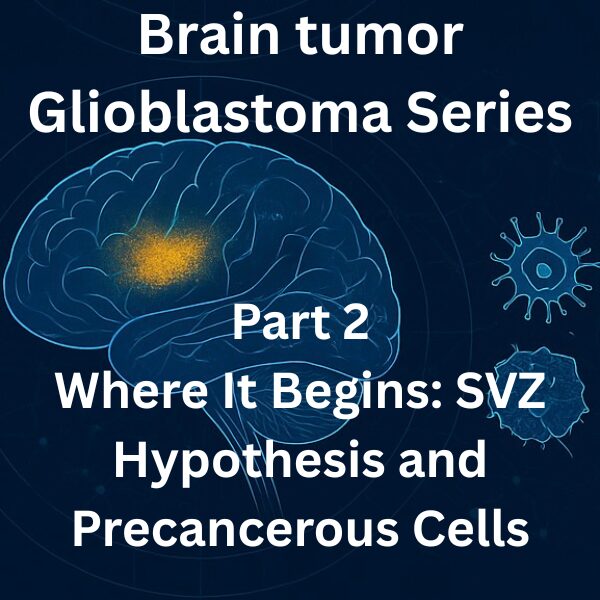
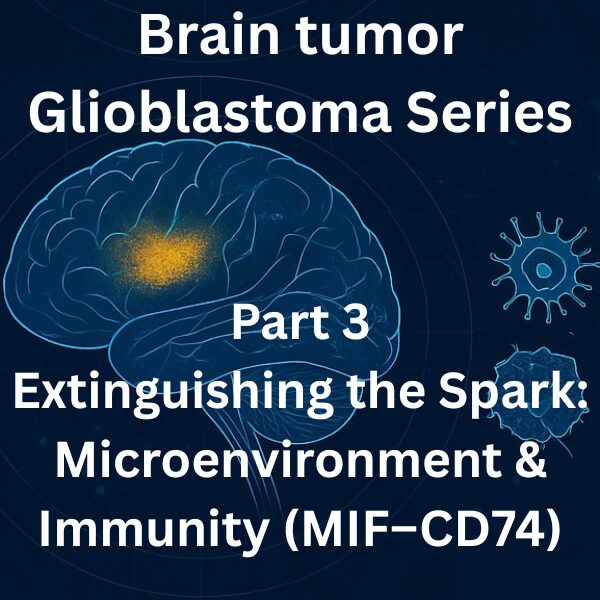
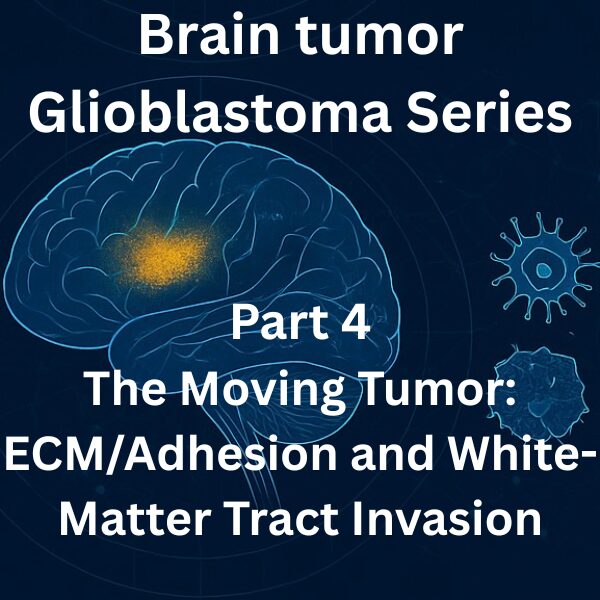
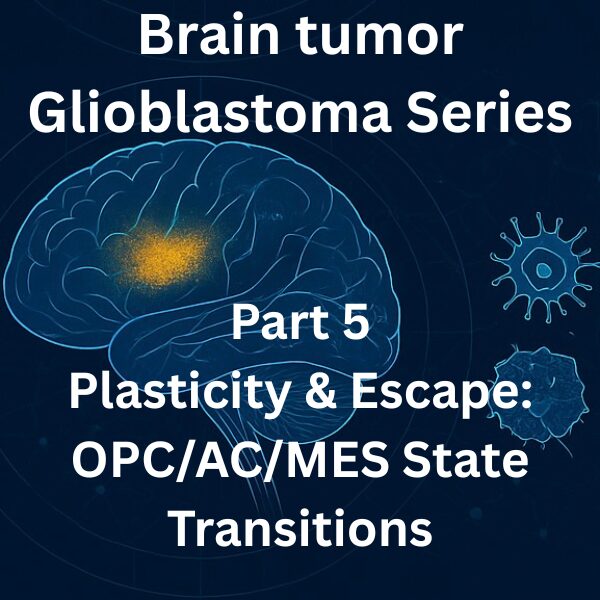
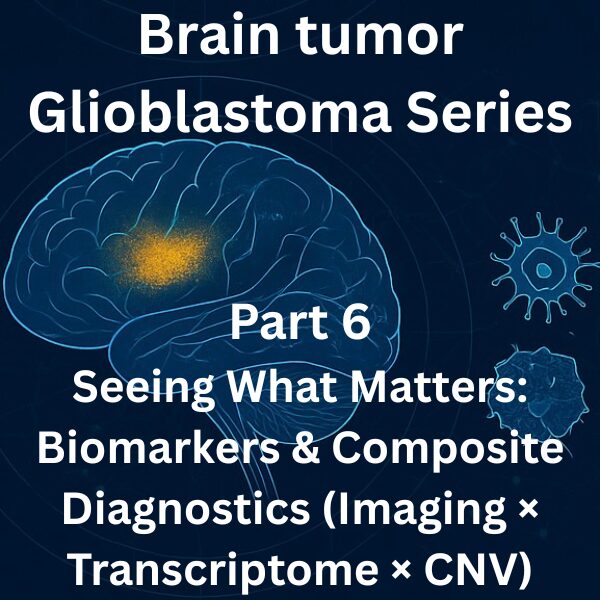
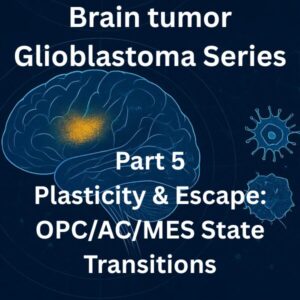
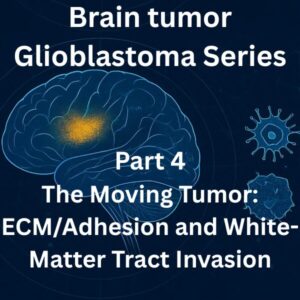
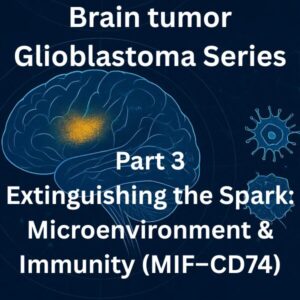
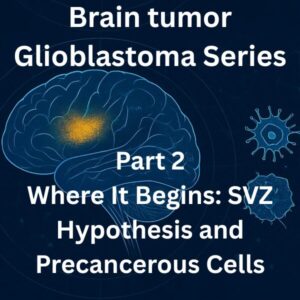
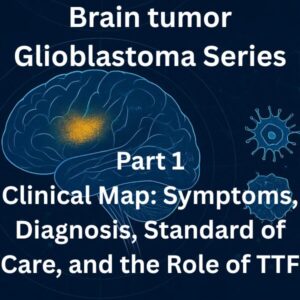
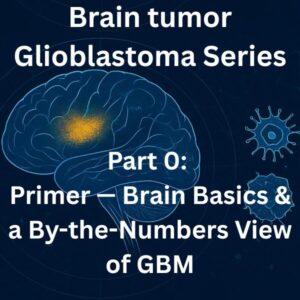
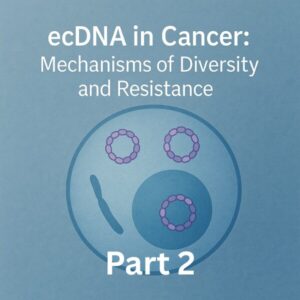
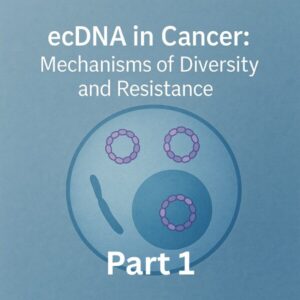
Comments